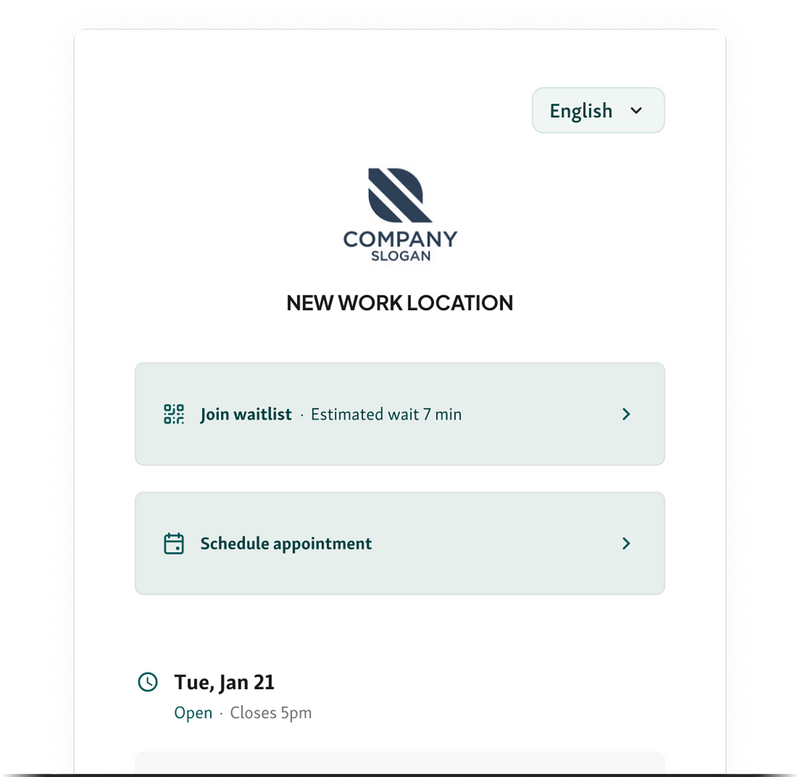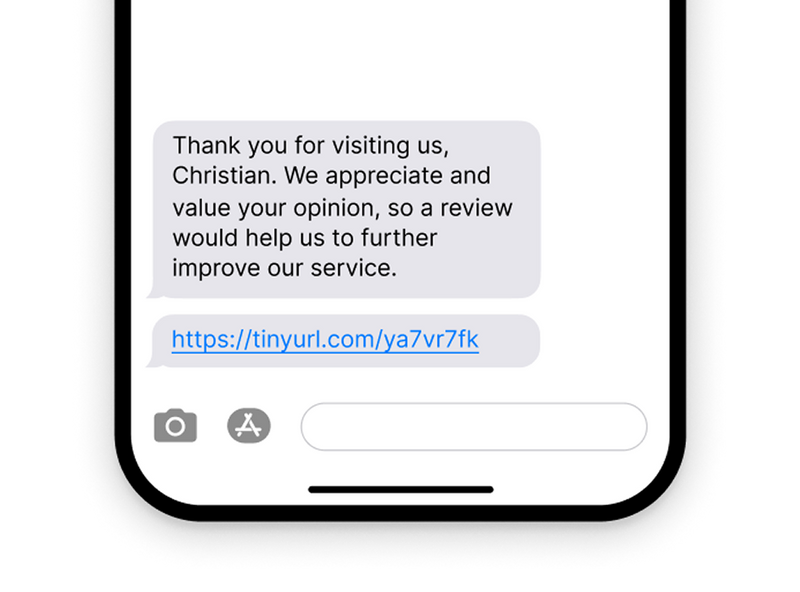Providing excellent care goes beyond treatments and procedures. Hospitals and clinics are learning that patient experience plays a huge role in overall satisfaction. How patients feel during their visit affects whether they follow medical advice, return for future care, or recommend the facility to others.
For healthcare providers, it’s not just about medical outcomes, but also how the entire experience is managed. Understanding how to improve patient satisfaction helps staff address patient needs, reduce stress, and make visits smoother.
In this article, we’ll explore practical strategies to improve patient satisfaction, discuss ways to improve patient satisfaction in hospitals, and provide actionable guidance on how to improve patient satisfaction in healthcare settings.
Why Patient Satisfaction Matters in Healthcare
In the USA, the loss of a patient due to dissatisfaction equates to the loss of over 200,000 USD. Which means patient satisfaction is not just a bonus, it’s a solid investment in the future of your own hospital.
Patient satisfaction shows how well hospitals and clinics meet the needs of their patients. When patients feel heard and respected, they trust their caregivers more. This trust often leads to loyalty, meaning patients are more likely to return for future care and recommend the facility to others. High satisfaction also improves patient outcomes. Patients who feel confident in their care are more likely to follow instructions and attend follow-up visits.
Key Points:
Builds trust between patients and healthcare providers
Encourages patients to follow treatment plans correctly
Boosts hospital reputation through positive feedback
Improves overall quality and safety of care
Reduces complaints and keeps patients returning
Patient satisfaction is central to delivering better care and forms the basis for ways to improve patient satisfaction in hospitals and clinics.
6 Strategies to Improve Patient Satisfaction in Healthcare
Patient satisfaction goes beyond treatment quality. Here are practical strategies hospitals can use to make each visit smoother and more positive.
1. Clear Communication and Transparency
Patients often leave feeling confused or frustrated when medical information is unclear. Simplifying instructions and explaining procedures in plain language makes a huge difference. When patients understand what’s happening and why, they feel more in control and less anxious.
Keeping patients updated during delays or changes also matters. For example, letting someone know their appointment will be pushed back or explaining why a procedure is taking longer helps them feel respected and valued.
How to do it:
Train staff to speak in simple, clear terms.
Provide written instructions along with verbal explanations.
Use SMS or apps to share updates about appointments or treatment times.
Encourage patients to ask questions and clarify anything they do not understand.

These steps build trust, reduce stress, and directly improve patient satisfaction.
You might also like - How to Improve Customer Communication With SMS Text Messaging
2. Personalized Care and Attention
Patients respond to care that feels personal. In fact, 75% of the US patients wish their healthcare experiences were more personalized.
When staff address patients by name, remember preferences, or note past concerns, it shows they are more than just a number. This builds confidence in the staff and in the hospital itself. Personalized interactions make patients feel valued and respected.
Digital systems can support this by keeping track of patient preferences, past visits, and special needs. Staff can then prepare for each visit and provide consistent care. It also reduces repeated explanations and prevents small mistakes, making every interaction smoother.
How to do it:
Address patients by name during interactions.
Record patient preferences and visit history in digital systems.
Train staff to reference past visits or specific needs.
Send follow-ups or reminders tailored to each patient.
Small steps in personalization go a long way in improving patient satisfaction.
3. Efficient Appointment Scheduling
Long waits make patients frustrated and anxious. As a matter of fact, 97% of patients are frustrated by waiting in hospitals.
They leave feeling ignored and unsure about the care they will receive. Reducing wait times is one of the simplest ways to improve patient satisfaction in hospitals.
Online booking systems give patients the freedom to choose times that fit their schedules. When paired with a patient queue management system, hospitals can better balance scheduled appointments with walk-ins. This reduces congestion in waiting areas and helps staff serve patients more efficiently.

How to improve patient satisfaction:
Offer online appointment scheduling with clear available slots.
Sync appointments with queue management to prevent overcrowding.
Send alerts to update patients on any delays or changes.
Patients feel respected, staff can work without stress, and overall satisfaction improves.
4. Enhancing the Check-In and Waiting Experience
Long waits in crowded clinics can make patients anxious and frustrated. A smooth check-in process can change the whole experience and improve patient satisfaction in hospitals and clinics.
Self-service kiosks let patients check in quickly without standing in line. Virtual queuing allows them to wait in a more comfortable place while keeping their spot in line. SMS notifications provide updates on wait times and delays, helping patients plan their visit and feel informed.

How to improve patient satisfaction:
Set up self-service kiosks for fast check-ins.
Offer virtual queuing for more flexible waiting.
Send text messages with real-time updates on their queue position.
These changes reduce stress, save time, and make the visit feel organized and patient-friendly.
Read also - 5 Easy Ways to Modernize Patient Waiting Room Experience
5. Empowering Patients with More Control
Patients often feel frustrated when they cannot manage their own healthcare journey. Providing tools that give them more control can significantly improve their experience.
Mobile check-ins allow patients to register before arriving. Online portals give access to schedules, test results, and medical records. When patients can see and manage their information, they feel more prepared and confident.

Ways to improve patient satisfaction:
Offer mobile check-ins to reduce time spent waiting in clinics.
Provide online access to medical records and test results.
Enable patients to schedule or modify appointments through secure portals.
Giving patients this level of control helps lower stress and builds trust, which is essential to improve patient experience.
6. Follow-Up and Feedback
Patient satisfaction doesn’t end when the visit does. Following up shows patients that the hospital cares about their recovery and overall experience. It also creates an opportunity to gather feedback and continuously improve services.
Ways to do it:
Send follow-up messages after visits to check on recovery progress.
Provide easy ways for patients to share feedback through surveys or apps.
Review feedback regularly and act on recurring issues.
Thank patients for their input to show their voice matters.

Thoughtful follow-ups and genuine feedback collection strengthen relationships, improve care quality, and build lasting trust.
Also read - 7 Insanely Powerful Strategies to Manage Customer Wait Times
Benefits of Exceptional Customer Experience on Patient Satisfaction
Delivering great experiences impacts more than just care. Here’s why focusing on customer experience boosts patient satisfaction and trust.
1. Building Trust and Stronger Relationships
Trust grows when patients feel heard and respected. Simple actions like explaining procedures clearly and listening to concerns make a big difference. Patients become more confident in their care and more willing to follow medical advice. Positive experiences also encourage them to return and recommend the hospital or clinic to others.
2. Better Adherence to Treatment Plans
Patients follow treatment plans more closely when they feel informed and supported. A study in the Academic Medicine observed how patients who rate their doctor’s empathy high have better clinical outcomes.
Simple instructions, clear updates, and attentive care make it easier to stick to advice. Hospitals that focus on patient experience see fewer missed appointments and smoother recoveries. It helps patients feel involved and confident in their care.
3. Fewer Complaints and Higher Retention
Patients are less likely to complain when their experience feels smooth and attentive. Positive interactions build trust, and patients are more likely to come back for future care. Clinics and hospitals that focus on improving patient satisfaction see fewer disputes and stronger loyalty. Satisfied patients often share their experiences with friends or family, which helps the facility maintain a reliable patient base while improving overall reputation.
Read also - 7 Customer Retention Strategies That Really Work
4. Positive Reputation
Patients who leave satisfied are more likely to share their experiences with friends, family, or online. This kind of word-of-mouth builds trust in the hospital and shows that care is reliable. Positive reviews also make new patients feel confident in choosing the facility.
5. Financial Benefits
Happy patients often follow treatment plans better, which reduces readmissions and unnecessary visits. Efficient patient flow and fewer complaints let staff focus on care instead of managing issues. This saves resources, lowers costs, and allows hospitals to operate more effectively while maintaining high-quality service.
You might also like - 9 Proven Benefits of Online Queue Management Systems
Improving Patient Satisfaction With Ease
Patient satisfaction is a reflection of how well hospitals care for their patients, both in service and experience. Clear communication, personalized attention, and smooth scheduling help patients feel heard and respected.
Efficient check-ins and reduced wait times make visits less stressful, while thoughtful interactions build trust. Tools like Qminder help hospitals manage appointments, patient check-ins, and queues more efficiently, freeing staff to focus on care.
Try Qminder today and see the difference in your patient experience.
Hospitals can use simple post-visit surveys via SMS, tablets, or email. These quick feedback tools let patients share their thoughts without adding stress or taking extra time during appointments.
Yes. Clear instructions, timely follow-ups, and easy-to-use virtual platforms make telehealth appointments smoother. Patients feel more supported when digital interactions are as seamless as in-person visits.
Short workshops and role-playing exercises focused on empathy, communication, and active listening can help staff improve interactions. Even small improvements in tone and responsiveness can make a noticeable difference in patient experience.






